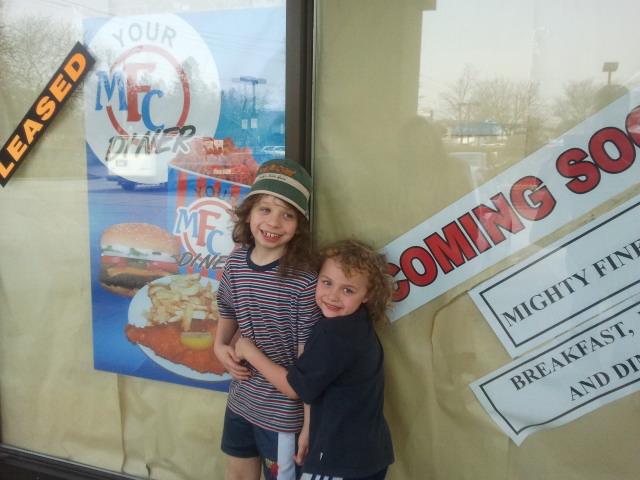I am participating in the 2012 Wordcount Blogathon, which means one post every day for the month of May.
Several years ago, my mom volunteered at a “Riding For The Disabled” program. She would help a child with cerebral palsy or Downs Syndrome onto a horse, and then lead the horse around a field. Many of the kids she worked with would be on the edge of meltdown at the beginning of the designated hour, but after five minutes on horseback they would be completely calm. My mom, always an animal-lover, adored the horses, and she loved working with the children.
There was a little boy with autism in the group, and although my mom didn’t love him any less than the other kids, she did find him a lot more challenging to work with. He was a highly intelligent child with severe communication deficits and some intense behavioural issues. Once settled on his horse, he would jab at the horse’s neck and tug at its mane, and any attempts by my mom to stop him would lead to meltdown. She swore that he deliberately kicked her as he was getting down from the horse after his turn. More than once she returned home with nasty bruises on her arms or legs.
Although this was all in the day before autism became a more direct part of our lives, my mom was sufficiently aware to know that the child’s behaviour was a result of his autism, and not a personal vendetta against either her or the horse. She believed, though, that he was not remotely capable of either affection or empathy. And because people form generalizations based on what they know, for a long time we subscribed to the commonly held belief that people with autism are not able to have meaningful connections with other human beings.
In fact, when we were waiting for my own son’s diagnosis, in our ignorance we pretty much ruled out autism in our own minds.
“He’s so affectionate,” we would say. “It couldn’t possibly be autism.”
Now, of course, we know better, and we are able to gently correct the people we come across who follow the same stereotype.
My son George may not ever be a great talker, but there is nothing wrong with his ability to feel and express love. All I have to do to know this is come home after work. My husband and sons watch for me from the front window, and as soon as they see me walking down our quiet street, my husband opens the door. The kids dash out and race each other to me. And then, with looks of pure joy on their faces, they launch themselves at me so hard that the force of their love knocks me off-balance.
Sometimes, when I am working on my laptop at home, George will come up to me and somehow arrange his lanky eight-year-old self on my lap. And he will wrap his little arms around my neck and hug me, oh so fiercely. Then there are the times I wake up in the night to find him snuggled up to me, sleeping peacefully with one of his hands curled around a strand of my hair.
Admittedly, there was a time when I worried about what seemed to be a lack of empathy towards his little brother, James. About a year ago, I told a member of George’s therapy team that whenever James was crying, George would laugh hysterically at him. I expressed concern at the lack of empathy and the apparent joy that he got out of his brother’s pain. The therapist smiled at me kindly and said, “He’s a seven-year-old boy. That’s what seven-year-old boys do.”
While most other people have to be educated on the behaviour of special needs kids, my husband and I frequently have to be told how typical kids behave. It’s a little bizarre, but there it is.
The truth is that although George can be a typical pain-in-the-ass brother, just like any other brother, it is clear that he adores James. He is never comfortable with James’ absence, and his demeanour takes on an air of tenderness when James is sick. There are times when one of the boys will go in search of the other one during the night, and I will find them in the morning, curled up together, with George’s arm thrown protectively over James’ shoulders.
When I think about George’s future, there are many things I worry about.
His relationship with his brother is not one of them.
(Photo credit: Kirsten Doyle)










